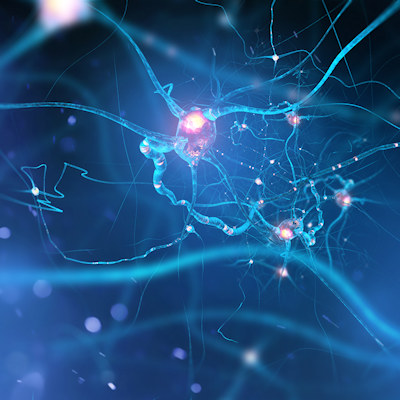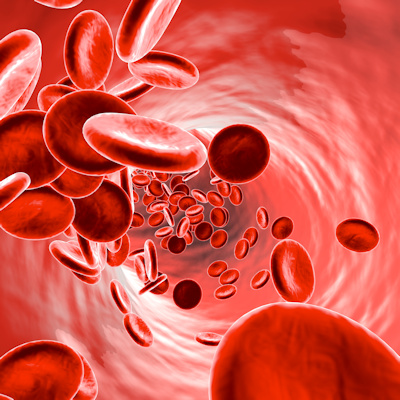May 12, 2023 -- Creating maps of the RNA inside cells could improve cell therapies by enabling the isolation of subsets of cells with similar characteristics, according to a study published Friday in Cell Reports Methods.
Researchers have identified the heterogeneity of mesenchymal stem cells (MSC), stemming from their origin, expansion, and microenvironment, as a potential explanation for the inconsistent results seen in clinical applications of the cells. The situation has created a need for ways to separate MSCs into sets of cells with common characteristics.
The latest contribution to the effort comes from a team at Georgia Institute of Technology (Georgia Tech), which created a method for producing transcriptional density maps and analyzing neighboring RNA distributions in single human MSCs. Ahmet Coskun, a professor at Georgia Tech and co-author of the paper, outlined the thinking behind the approach in a statement.
"The physical interactions between molecules create life; therefore, the physical locations and proximity of these molecules play important roles," Coskun said. "We created an intracellular toolkit of subcellular gene neighborhood networks in each cell's different geographical parts to take a closer look at this."
Coskun and his partners used a machine-learning-based clustering algorithm to classify parts of MSCs as "RNA enrichment regions" and then validated the structural features and protein distribution of the cell using protein staining. Analyzing correlations of RNA species among patches and neighbors revealed the subcellular organization of RNA.
The approach could improve cell therapies. Isolating more homogeneous collections of cells with highly similar phenotypes could enable researchers to more accurately predict how a therapy will perform once it is injected into patients. The tools created by Coskun and his collaborators may enable the isolation of similar cells based on their RNA maps.
Coskun's latest paper complements research published by his lab last month in Scientific Reports. That earlier paper described the use of a rapid multiplexed immunofluorescence technique to map organelles in MSCs and thereby identify differences between the cells that could affect their therapeutic efficacy.
"Our micro-study of these specific cells showed just how different they can be from one another," Coskun said. "This proved that patient treatment population and customized isolation of the stem cells identities and their bioenergetic organelle function should be considered when selecting the tissue source. In other words, in treating a specific disease, it might be better to harvest the same type of cell from different locations depending on the patient's needs."
Copyright © 2023 scienceboard.net











